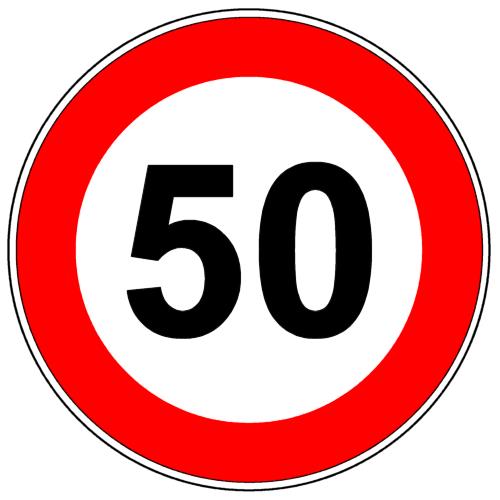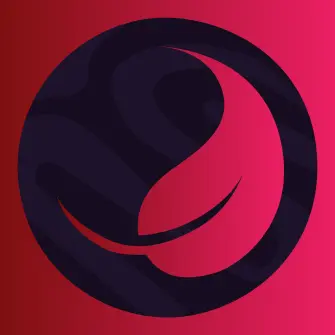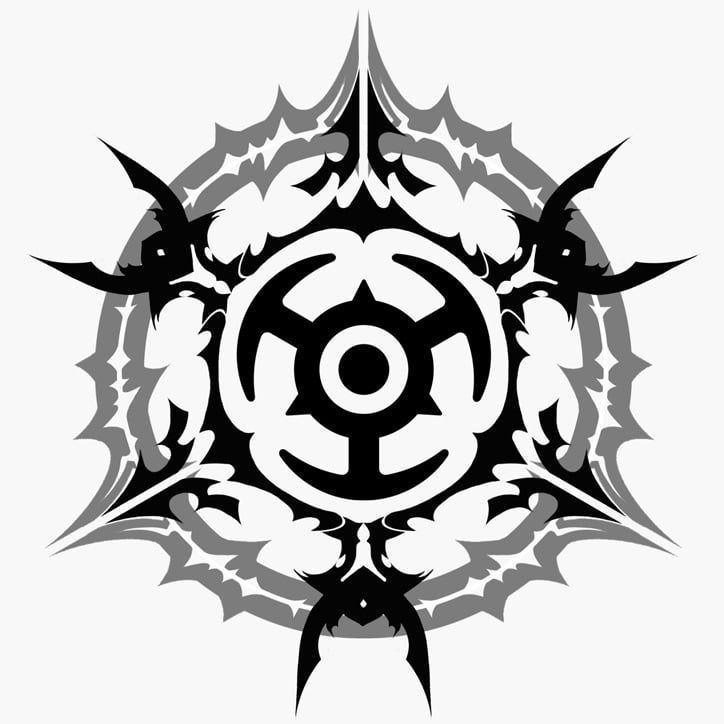
WOAH TIL
I had never considered the red edge alone being no. Seems simple, but it didn’t occur to me since we have slashes through all our no’s.
Here in the UK we have slashes through many of the red-bordered road signs, but not all of them. People often misunderstand the ones that don’t - for instance, these mean “no motor vehicles” and “no cars” respectively:

The council probably collects a lot of money in fines from people misunderstanding those two in particular
It makes more sense than it meaning only cars and bikes, or cars and bikes allowed but yeah, I probably broke some rules while I was touring :)
deleted by creator
More precisely:
Possible banana(s).
You must banana/for bananas.
No bananas.
Danger, banana(s)!
Just watch out for bees.
I love meta Lemmy humor so much
I don’t get it
There was this post right beside it in the timeline.

There’s also the upside down triangle banana:
GIVE WAY TO A BANANAAnd a hexagon banana:
STOP THE BANANAThis is starting to sound like a fun indie puzzle game.
It seems like the basic version of Chants of Sennaar, where you have to discover the meaning of languages based on the context in which you see different words/symbols.
I’m imagining like a “Bop it” scenario where your action has to correspond to the sign’s intention (extra mental hurdle you have to perform). You could increase the speed for difficulty or start throwing in additional road signs from around the world you would have to learn the meaning of.
Sorry, how many edges did you say?
or
STOP IF YOU'RE A BANANAorSTOP FOR BANANA'Squite confusing nowYeah idk, I guess it’d probably actually mean that 🍌 means stop in the local language 😅
Confused me a bit because primary school children already know this, but then I realised places like the US and Canada have very different signs
Yeah in North America we use English on road signs. Possibly sometimes French and Spanish. Wouldn’t be surprised if I saw some in German or Pennsylvania Dutch in the rural Midwest.
Cool guide. Btw, they call road signs “traffic signals” there in Europe?
What do they call traffic signals (the changy light thingies) then? Maybe just traffic lights?
Semaphores
What do they call semaphores? (Manually operated single instruction flag or non electronic switching traffic signs)
Slavic languages usually call both semaphores, other languages have their own word, usually derived from a lamp, or signal device (Die Ampel in German - meaning “hanging lamp”)
Edit: Realized that czech language calls the mechanical signal devices just “signal device” (signalizační zařízení) and “semaphore” (semafor) is used for light signals. Although semaphore is a french word, French call them traffic lights like in english.
Got my theory test on Wednesday so perfect timing
Either the EU doesn’t follow the international standard, or you got two different versions of “you should know there’s a banana”, “you must eat a banana”, and “caution, a banana!”. There’s no “you can’t eat a banana”.
Pray tell, what “international standard” would that be?
Surely you’re not thinking of the “US Federal Highway Administration’s Manual on Uniform Traffic Control Devices”, right? You know, on account of that not actually being an international standard…
There’s an entire UN agreement about traffic signaling.
Round signals with a red border communicate requirements, but without crossing the banana, it’s a requirement to eat it.
Blue signals do not communicate information, not requirements.
That doesn’t sound right
Are you even familiar with what’s in that agreement?
Round sign with red border, with or without oblique bar: prohibition or restriction.

Prohibition of exceeding 50km/h
Round sign with blue ground and white symbols: mandatory.

Mandatory right turn.
So then OP is wrong and he should have said peeling a banana is prohibited here l and peeling banana a is mandatory here
Sure, if you want to nit-pick about the meaning of a peeled banana on a road sign, be my guest.
Uhhh, yes there is. Other than some limited special cases, a circle with red border and white (yellow in some countries) background is a prohibitory sign. The pictogram shows what’s being prohibited.
Yep - this is the case in the UK too.
It literally took a second to confirm that this is the case in dozens of countries around the world.
The signs have been standardised internationally in the Wikipedia.org: Vienna Convention on Road Signs and Signals in 1968.

yellow: signed
light green: accession/succession
dark green: ratified
blue: SADC-RTSM (similar)
red: SICA (similar to US MUTCD)Among others, the USA (of course), Australia and China did not adopt to the convention.
So what standard do you follow that is different?
They probably mean this one
How is that different to the TO?
Translated to bananas to make it easier for Americans to understand, but actual EU traffic signs are in metric.
What’s the conversion to plantain?
But what if you hit the rainbow question mark box and get a green shell instead?
Attach it to your bumper to protect from other hazards
Sweden’s former minister for equality had a particular interest in these.
What do you mean by this?
She (Paulina something…?) is rather famously (or infamously) banana-phobic. When the story went viral a handful of other public figures came out to say they had the same, somewhat unusual, phobia.
I thought they were being a racist, but instead they just made a poorly formed sentence. She has a phobia, that’s the opposite of an interest!
https://www.politico.eu/article/sweden-equality-minister-paulina-brandber-banana-phobia/












